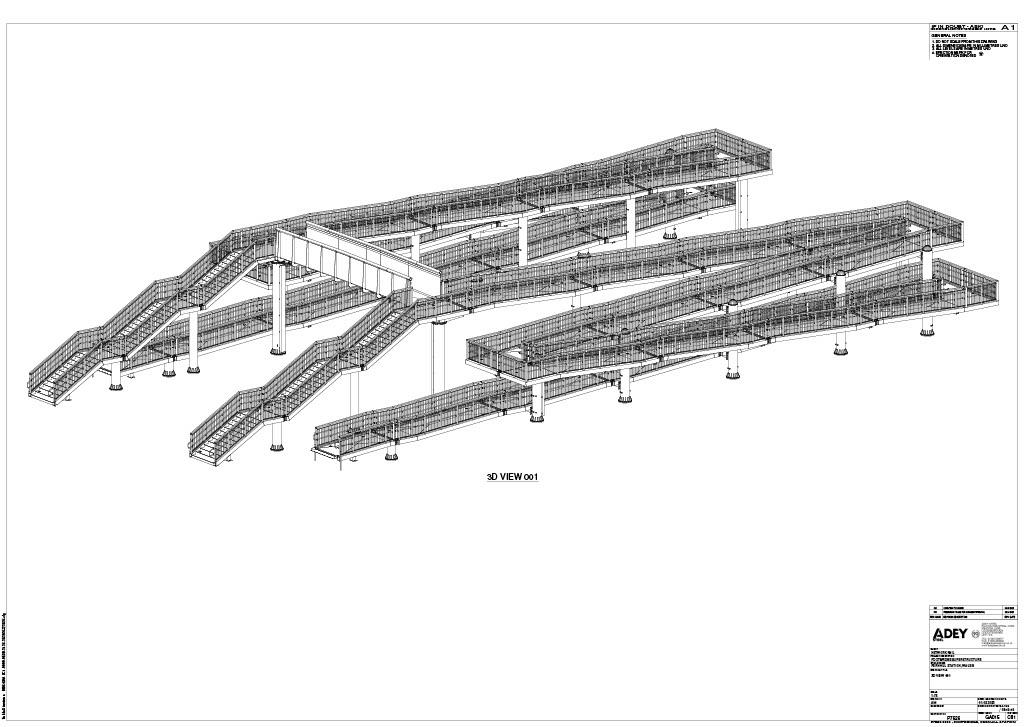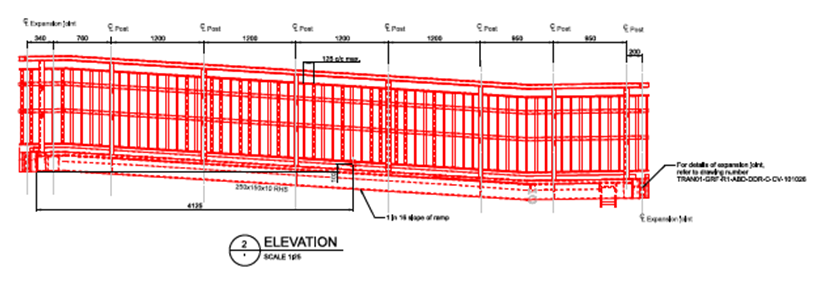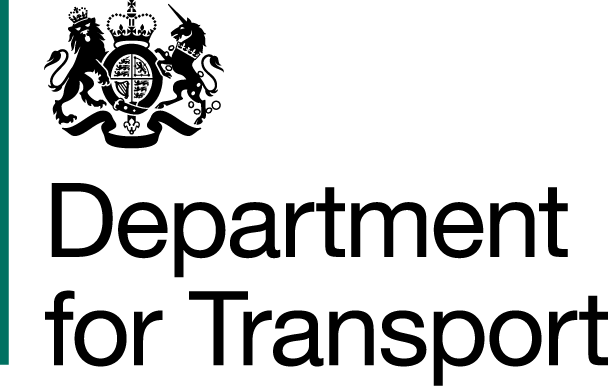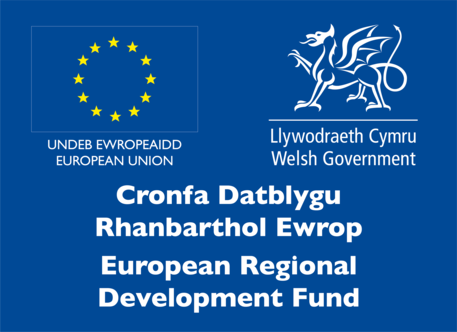Fernhill station work FAQ
What work are we undertaking at Fernhill station?
As part of our work to deliver the South Wales Metro, we’re constructing a new accessible footbridge at Fernhill station. This will replace with level crossing at the station with a safe and accessible railway crossing.
When willl you be working?
Although we aim to do a lot of work during the day to avoid disruption, some must be carried out at night whilst trains aren’t running in order to ensure the safety of our colleagues. Our work at night will allow us to move materials across the railway safely. Currently, these night works are scheduled for Saturdays but we are reviewing every week to ensure that we’re only working at night when absoluately necessary.
The amount of work we have to do at this site means it won’t be possible to update the community every time we’re working at night but we’ll always aim to work responsibly, ensuring that our sites are well managed and that our people are considerate to our neighbours.
Why have you closed the two level crossings at Fernhill?
In April 2023, we closed the two level-crossings near the station: Glenboi (Fernhill station crossing) and Bruces Upper. This allowed us to progress with our work to transform and upgrade the Aberdare line, including:
- Installing an upgraded signalling system
- Carrying out major track works
- Installing Overhead Line Equipment (OLE) which will power the new electric trains
- Fully electrifying the line, which was completed in October 2023.
Due to the increased engineering work through Fernhill, with increased machinery movements, it was deemed unsafe for the crossings to remain open to the public.
Will the level crossings reopen once infrastructure works are complete?
The level crossings will remain closed. We’ve applied for an order to permanently close and divert both Glenboi (at Fernhill station) and Bruces Upper over the new accessible footbridge at the station, which will include ramps and steps.
Why do you need to permanently close the crossings?
The number of trains running over these crossings is set to double, from 4 trains per hour to 8. This means a train will pass through both crossings every 7.5 minutes.
Alongside this heightened risk due to the increased frequency of rail services, the new Metro tram-trains will be far quieter and accelerate much quicker than our existing diesel trains, which further increases the risk to those using the crossing being struck by a train.
Whilst we understand closing a level crossing affects the local community, and it’s a decision we do not take lightly, it is the most effective way of reducing the risk of an accident.
How do I cross the railway line whilst the level crossings are closed?
Since April 2023 when the level crossings were closed, we have been running a shuttle bus service to help people cross the railway safely. This shuttle bus service operates from 6am to 9pm and runs between Fernhill station and Ysbyty Cwm Bynon hospital, where the public can then access Peace Park and Mountain Ash Comprehensive school.
The shuttle bus timetable can be found at the station and Ysbyty Cwm Cynon hospital bus stop.
Why can’t you keep one of the crossings open whilst you construct the new bridge?
We are unable to keep the Glenboi crossing open as this is located at Fernhill station. The footprint of the new bridge is over the existing crossing, which means our teams will be working extremely close to the crossing to create the foundations for the new bridge.
Since the closure of the crossings in April 2023, we have been investigating whether we can safely temporarily open Bruces Upper crossing whilst we construct the new bridge at Fernhill Station. However, as it is of a particularly substandard design in comparison to many other level crossings on the core valley lines and as it is also now within a stretch of railway that is electrified, it would need significant safety improvements - even for a temporary reopening. Also, if Bruces Upper was to be reopened while Glenboi remains closed, the number and type of users would be dramatically different, increasing risk further.
What will the new bridge look like?
The footbridge will be painted green and will be fully accessible, with both ramps and stairs either side of the platforms. It will carry a public right of way so will be open 24 hours a day, 7 days a week, and will be maintained by Transport for Wales.
The adjacent image show the design of the footbridge.

Will the new bridge be fully accessible?
We understand the level crossings provided an accessible route over the railway line. Therefore, we’re comitted to installing a new fully accessible bridge at Fernhill station, just a few meters from the Glenboi level crossing.
The ramp leading to the bridge span will have a steady gradient, and will be fully compliant with modern day standards and the Equality Act.
The gradient for each ramp section is 1:16, as shown in the adjacent sketch.
We will ensure the bridge is well lit and covered by CCTV, helping users to feel safe.

Why are you installing only one bridge, when closing two level crossings?
There is limited space within our land boundary at the site of Bruces Upper crossing to construct a fully accessible footbridge. Also, the route over the railway at Bruces Upper regularly floods during the winter months therefore significant drainage works would need to be undertaken to protect any new structure from flooding.
Bruces Upper is a short 220m from Fernhill station and the new bridge that will be installed. We believe the most appropriate use of public funding is to construct one bridge that is fully accessible.
Will there still be a public right of way at this location?
Yes. Whilst the Public Rights of Way over the level crossings will be stopped up/ extinguished, a Public Right of Way will be diverted over the new accessible footbridge at the station. This will mean that bridge is open 24 hours a day, 7 days a week.
Why can’t you install a smaller bridge?
As the Public Right of Way will be diverted over the new bridge, it must be fully accessible and complaint with step-free access.
Due to this, we must include ramped and step access in the design. As the ramps need to be an accessible gradient, in this design 1:16, they need to be long to get to the required bridge height as the bridge needs to be high enough for the overhead power lines to run underneath it.
Why install a bridge and not an underpass?
We explored the potential of building an underpass under the railway, however, this was discounted at a very early stage when looking into our options at this site. Tunnelling underpasses - especially under road and railways - are large civil engineering projects. They need significant land either side to ensure a steady gradient into and out of the underpass, to ensure it is accessible, as well as potentially the diversion of utilities as part of the build.
Crucially, this area also floods to above rail level frequently, so the amount we’d have to dig down into the ground would be extensive and would also require a pump station to then discharge water into the river.
Underpasses can also attract antisocial behaviour and through research we have found that people often feel unsafe using them.
Will the public be protected from the overhead power lines when using the bridge?
Yes. The design includes heighted parapets (safety barriers) on the bridge deck, which will ensure no one can reach over and come close to the overhead power lines that will run under the bridge.
Why can’t you keep the crossings open and upgrade them, like at Cwmbach?
Wherever possible when delivering a faster or more frequent rail service, we aim to close level crossings and replace with a safe alternative. Each level crossing site is completely unique, and we have to make decisions based on a number of factors including type and levels of previous misuse, the number and characteristics of people who cross over it each day, the speed of trains passing by, land and topography (which can affect the sighting of and from the Crossing) and how often trains pass.
In the case of Cwmbach level crossing, it carries a Public Right of Way. As there’s no alternate safe crossing nearby to act as a diversion, we’re unable to close the crossing and divert the right of way. Closing the crossing and building a new bridge at the site was considered but as there’s no land available to us, we’re unable to build one. Therefore, to ensure that community retains this important link, we’ve temporarily closed the crossing to upgrade it and have recently installed many enhanced safety features including a new non-slip deck on the crossing, new barriers and signage.
We’re unable to make similar upgrades at either Glenboi or Bruces Upper crossings as the new overhead line equipment structures along the side of the railway have also significantly reduced the distance that members of the public would be able to see approaching trains from.
There is a significant history of trespass at Glenboi and Bruces Upper-level crossings with members of the public routinely accessing the side of the railway using the crossing and then walking down the side of the track to get onto the north end of the platform at Fernhill.
If Bruces Upper was to be reopened while Glenboi remains closed (or vice versa), the number and type of users would be dramatically different and from a recent risk assessment it is anticipated that the use would significantly increase to the extent that the overall dangers to the public users and the travelling rail passengers, from a safety perspective, would not be acceptable.
Finally, as there was land available to us at Fernhill Station, we were keen to proceed with the safest solution and build a new accessible bridge over the railway.
How will the bridge be constructed?
We have already began preparation works to install the new bridge. This includes removing vegetation, clearing away soil and essential drainage works to prevent flooding at the station.
We’ve also installed a Road Rail Access Point (RRAP) to the North of the station, allowing our teams to access the work site. This allows the team to deliver materials to the site via rail and offload the materials using the RRAP, meaning we won’t need to deliver as much material via road.
To create the foundations for the structure, we’ll carry out piling work. This includes vibrating or hammering a pile deep into the ground, which creates the foundations for the bridge. We will carry out this work during the day time only.
The bridge is being constructed in sections at a separate facillity, and will be delivered to the site and assembled.
As work at Fernhill station will be increasing over the coming months, the compound site in Abercwmboi will be more active as the installation begins. Where possible, deliveries of essential building materials for this stage of work will take place during the day in order to minimise disruption.
More information
Our team is available to speak to you 24/7, so please call us on 03333 211 202. Alternatively, you may contact us via WhatsApp on 07790 952 507 (07:00 - 20:00 on Monday to Friday, 08:00 - 20:00 on Saturday, and 11:00 - 20:00 on Sunday). We receive high volumes of contact but please be assured we will assign your queries to the correct team/s who will get back you as soon as possible.
If you seek more information or would like the information presented in a different format, please visit tfw.wales/contact-us. You can learn more about our vision for the South Wales Metro by visiting tfw.wales/projects/metro, and about our work to build the Metro at tfw.wales/projects/metro/building-our-metro.
The Welsh Government and TfW are committed to an ambitious programme of Metro improvements known as the Core Valley Lines (CVL) Transformation. This transformation project has been part-funded by the European Regional Development Fund.



